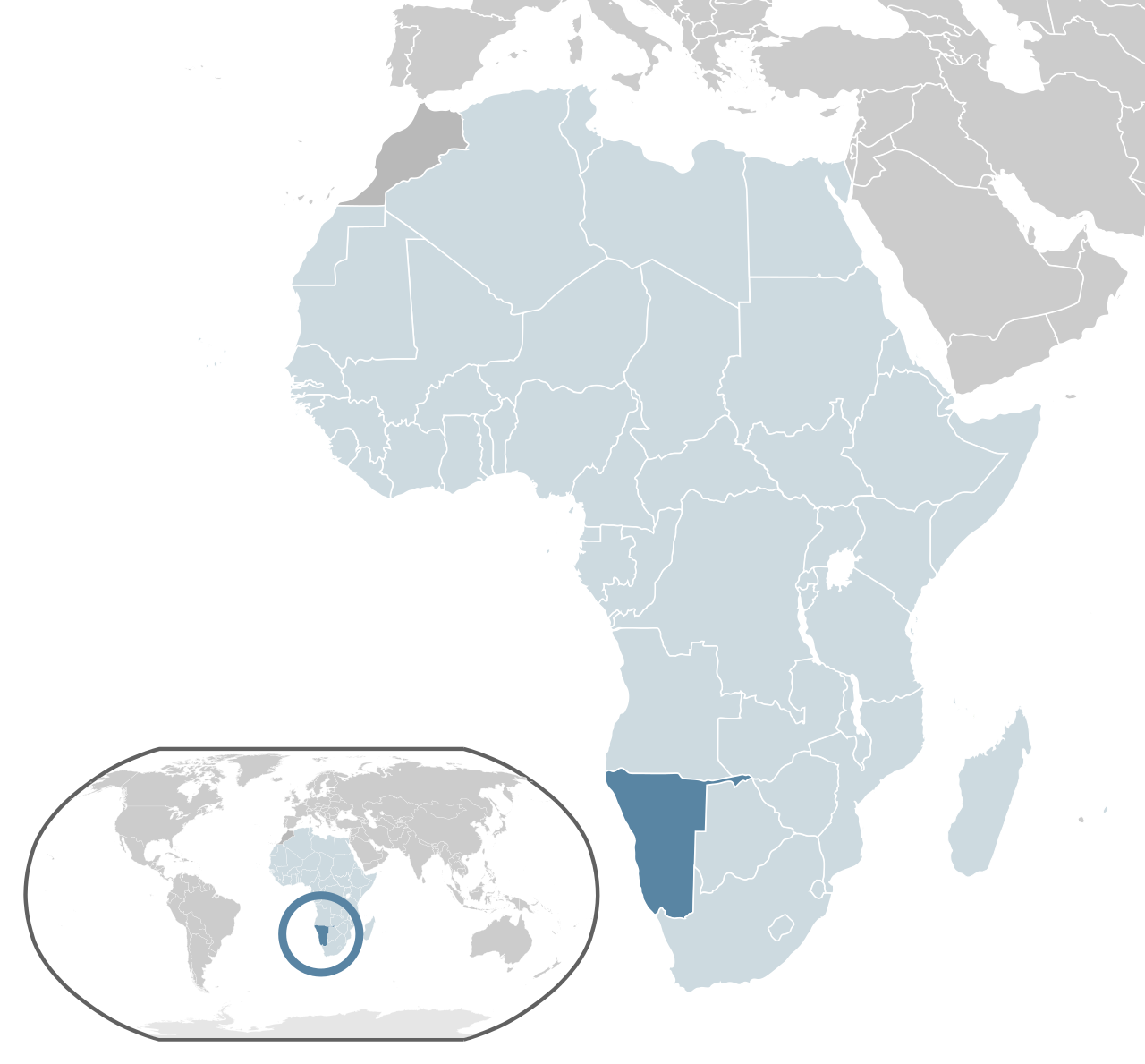Home » Project Overview » About Namibia

Namibia’s mining industry is a major economic sector that produces a variety of minerals, including diamonds, uranium, gold, and copper. Namibia is a world class mining jurisdiction which has an established history of mining for over 120 years.
STABLE & MINING FRIENDLY
EXCELLENT INFRASTRUCTURE
WELL-ESTABLISHED MINING INDUSTRY